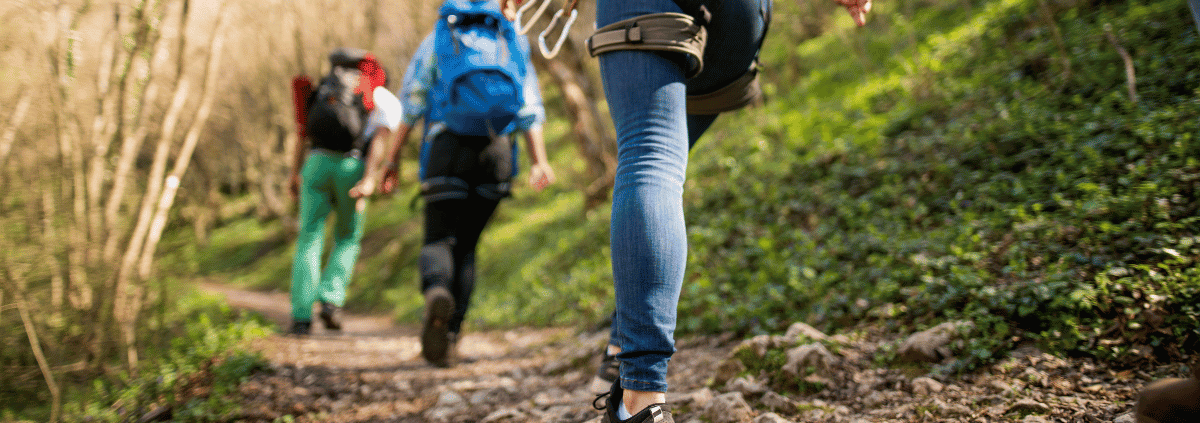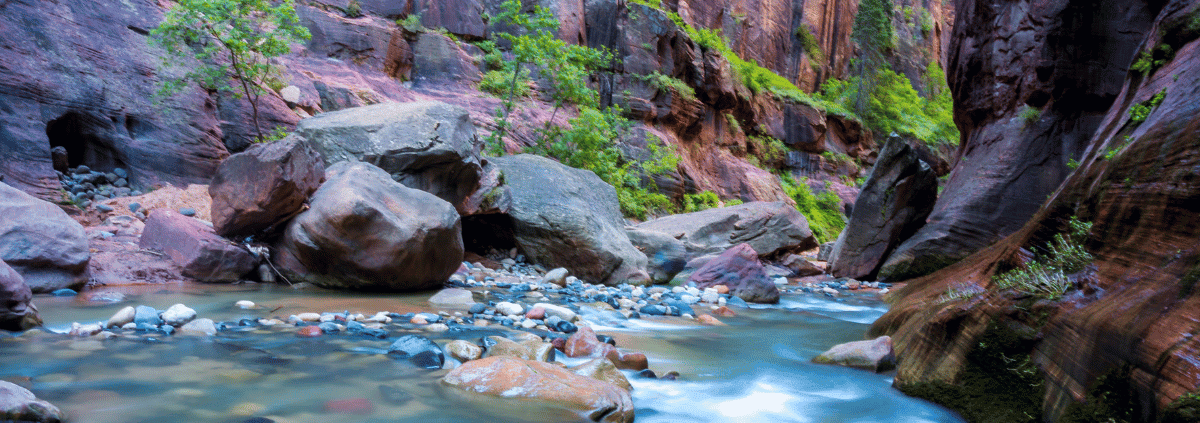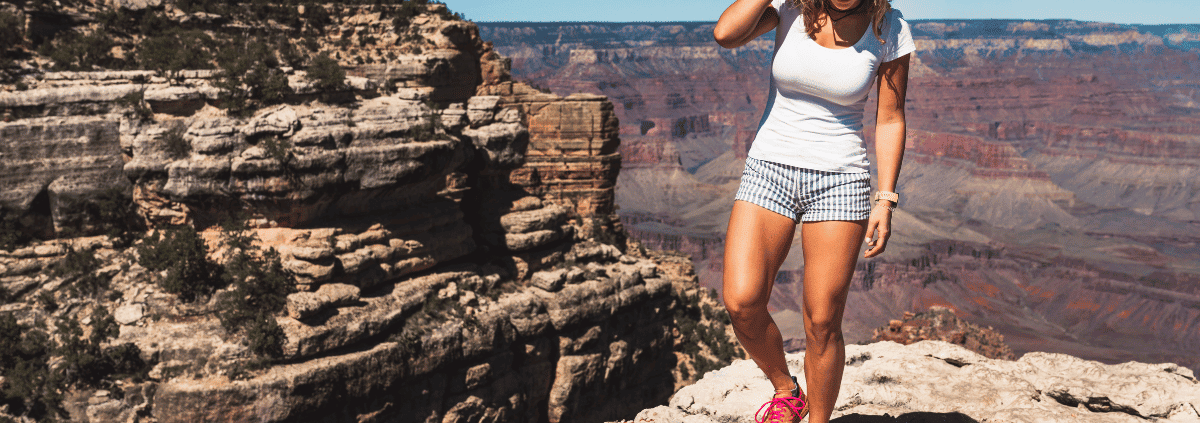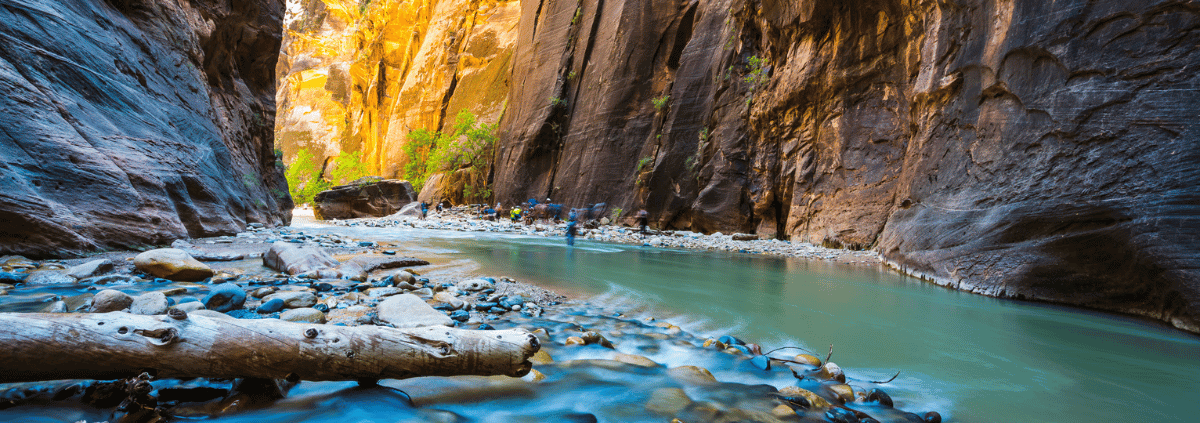You love the freedom of the open water, but reeling in that elusive bass can be a challenge. Get ready to revolutionize your bass fishing game with 9 essential tips that will transform your approach.
From mastering the art of seasonal bait selection to adapting to changing weather conditions, you’ll gain actionable insights that will elevate your fishing experience.
Discover the impact of water clarity, the importance of sharp hooks, and the effectiveness of utilizing shredded worms. Explore the significance of fishing around cover and learn the art of tying proper knots.
Whether you’re a beginner or a seasoned angler, these data-driven tips will leave you wishing you had known them earlier. It’s time to catch more bass and make the most of your fishing trips.
Key Takeaways
- Adjust bait selection based on the season and weather conditions
- Fish during early morning or night for increased bass activity
- Consider water clarity when choosing lure colors
- Sharpen hooks and use proper knots for better hook penetration and line strength retention
Seasonal Bait Selection
During different seasons, you should adjust your bait selection when fishing for bass to match the changing behavior and preferences of the fish. Bass behavior changes with the season, impacting their feeding habits.
In summer, bass swim deeper to avoid heat, so using deeper baits is crucial. As they become sluggish and pickier with food during winter, adapting your bait selection becomes essential.
Early morning and night are ideal times for bass feeding, as they’re more active during low light levels. Adapting to weather conditions is also important. Bass are lazier on sunny days, so using more attractive baits is beneficial.
Consider the water clarity too. In clear water, use natural colors, while bright greens and yellows work in foggy water.
Adapting to these changes will significantly increase your chances of a successful bass fishing experience.
Optimal Fishing Times
To maximize your chances of catching bass, it’s essential to choose the right time to go fishing, especially during early morning and night when bass are more active and feeding. Bass feeding habits and the best fishing locations play a crucial role in determining the optimal fishing times. Check out the table below for a quick reference on the best times to catch bass.
| Time of Day | Activity Level | Best Fishing Locations |
|---|---|---|
| Early Morning | High | Near shallow areas |
| Daytime | Low | Near cover and structure |
| Evening | High | Transition areas |
| Night | High | Near the banks |
| Late Night | Low | Deeper waters |
Adapting to Weather
When fishing for bass, adjusting your bait selection based on the weather conditions can maximize your chances of success.
Different weather conditions require different techniques.
On sunny days, bass tend to be lazier, so using more attractive baits to entice them is recommended.
Conversely, on cloudy days, bass are more active. Taking advantage of lower light levels and using baits that mimic natural prey can be effective.
Keep in mind that bass may respond differently to baits based on the weather, so adapting your bait selection is crucial.
Water Clarity Considerations
Consider the color of the water when choosing your bait, using natural colors in clear water and bright greens and yellows in foggy water to adapt to different water clarity conditions.
Understanding Water Clarity:
Choosing bait colors: Select natural colors like green pumpkin, watermelon, or brown for clear water. In foggy or stained water, opt for brighter hues like chartreuse, yellow, or white to enhance visibility.
Effects of water temperature on bass behavior: Warmer water temperatures increase bass metabolism and activity, making them more receptive to a wider range of bait colors. In colder water, bass are less active and may respond better to subtle, natural bait colors.
Understanding these nuances and adapting your bait choices based on water clarity and temperature can significantly improve your bass fishing success.
Importance of Sharp Hooks
Sharpening your hooks before fishing is crucial for landing bass successfully. The importance of hook maintenance can’t be overstated. Bass have bony jaws, and without sharp hooks, you risk losing your catch.
Research shows that bass behavior is directly impacted by hook sharpness. When hooks are sharp, they penetrate the bass’s mouth more effectively, increasing your chances of a successful catch. Dull hooks not only decrease your hook-up ratio but can also injure the fish, leading to decreased survival rates post-release.
To maintain sharp hooks, use a fishing hook file to sharpen them before each fishing trip. Additionally, tying a Snell Knot allows for deeper hook penetration.
Utilizing Shredded Worms
Maintain sharp hooks for successful bass fishing and consider utilizing shredded worms as an effective bait option.
Shredded Worm Variations
- Color Variety: Experiment with different colored shredded worms to see what attracts bass in your area.
- Texture Modification: Try cutting the shredded worms into different lengths to see which size entices more bites.
- Depth Adjustment: Utilize various weights to control the sink rate of the shredded worms, appealing to bass at different depths.
- Scent Infusion: Enhance the shredded worms with attractant scents to make them even more enticing to bass.
Techniques for Using Shredded Worms
- Subtle Movements: Utilize gentle twitches and slow retrieves to mimic wounded prey.
- Targeted Areas: Cast near cover or structure where bass are likely to hide.
- Observation: Pay attention to the bass’s response and adjust your technique accordingly.
- Patience: Allow the bass time to strike before setting the hook.
Fishing Around Cover
When fishing around cover, target areas with rocks and other structures where bass are likely to hide. Utilize fishing techniques that involve casting your bait close to the cover and retrieving it slowly, mimicking the movement of prey. Look for bass habitats near submerged logs, overhanging branches, or aquatic vegetation, which serve as natural cover.
When using lures, opt for weedless options to prevent snagging. Try different retrieval speeds and patterns to entice bass hiding within the cover. Experiment with various bait types, such as jigs or plastic worms, to find what works best.
Proper Knot Tying
When fishing around cover, it’s crucial to also pay close attention to properly tying knots to prevent snapping and increase line strength retention. Mastering knot tying techniques and using the right knot tying tools will improve your bass fishing experience.
Here are some essential tips to help you tie the perfect fishing knot:
Choose the right knot for the job. Different knots serve different purposes, so select the most suitable knot for your specific fishing needs.
Use reliable knot tying tools. Invest in quality tools such as a good pair of clippers and a reliable knot-tying tool to make the process easier and more efficient.
Practice makes perfect. Regularly practice tying fishing knots to ensure you can tie them quickly and effectively when out on the water.
Check your knots. Always double-check your knots for any weaknesses or imperfections before casting your line.
Mastering these knot tying techniques will give you the confidence to tackle even the toughest bass fishing challenges.
Using Smaller Bait
To increase your chances of catching bass, consider using smaller bait to entice these elusive fish. Using smaller bait can be a game-changer when the bass are finicky or when your larger bait keeps getting stripped. Downsizing your tackle and using lighter line can also complement your smaller bait.
Lighter line allows for better presentation and can increase the sensitivity of your setup, helping you detect more subtle bites. Downsizing tackle and using smaller bait can mimic natural forage more accurately, making it more appealing to bass.
Frequently Asked Questions
What Are the Best Techniques for Casting and Retrieving Lures When Bass Fishing?
For casting and retrieving lures when bass fishing, choose lures based on water clarity and conditions. Use topwater presentations during low light. Vary retrieval speeds and pauses. Experiment with different casting angles and depths for successful bass fishing.
How Can I Effectively Locate Bass in Different Types of Water Bodies, Such as Lakes, Rivers, and Ponds?
To effectively locate bass in various water bodies, pay attention to bass behavior and water temperature. Bass tend to swim deeper in warmer water, so adjust your bait selection accordingly. Look for them around cover for better chances of success.
What Are Some Common Mistakes to Avoid When Trying to Catch Bass?
When trying to catch bass, avoid common mistakes like using ineffective techniques and improper handling. Survival tips include adapting to weather conditions and timing your fishing trips. Practice proper bait selection and sharpen hooks for better success.
What Are the Best Types of Fishing Lines and Rods to Use for Bass Fishing?
For bass fishing, consider a medium power rod with a fast action and a reel with a high gear ratio for quicker retrieval. Use a 10-12 lb line diameter to withstand bass fights. Opt for a 7-foot rod for versatile bait presentation.
How Can I Properly Handle and Release Bass to Ensure Their Survival After Catching Them?
To properly handle and release bass for their survival after catching, ensure you support their weight, avoid harming gills, and release them gently. Utilize catch and release techniques to conserve bass populations and practice responsible fishing.
Conclusion
Now that you’ve mastered these 9 bass fishing tips, you’ll be reeling in those big bass like a pro.
Remember, timing is everything – just like hitting the sweet spot in baseball.
Keep your hooks sharp, adapt to the weather like a seasoned sailor, and don’t be afraid to get creative with your bait.
With these practical tips in your arsenal, you’ll be well on your way to becoming a bass fishing legend.
Happy fishing!










